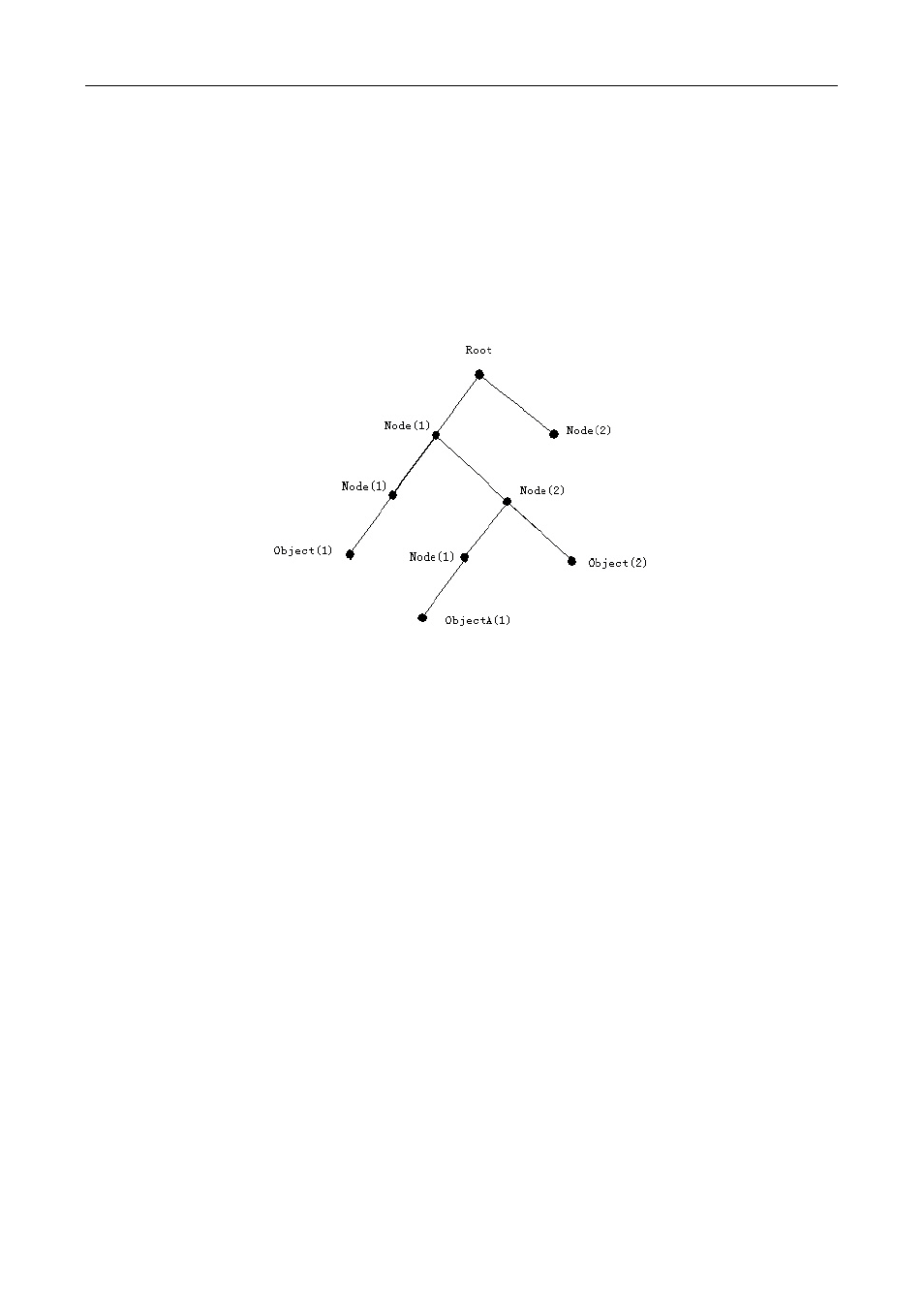2 introduction to mib – PLANET XGS3-24040 User Manual
Page 57

Chapter 4 Basic Switch Configuration
4-8
4.4.2 Introduction to MIB
The network management information accessed by NMS is well defined and organized in a Management
Information Base (MIB). MIB is pre-defined information which can be accessed by network management
protocols. It is in layered and structured form. The pre-defined management information can be obtained from
monitored network devices. ISO ASN.1 defines a tree structure for MID. Each MIB organizes all the available
information with this tree structure. And each node on this tree contains an OID (Object Identifier) and a brief
description about the node. OID is a set of integers divided by periods. It identifies the node and can be used
to locate the node in a MID tree structure, shown in the figure below:
Figure 2-1 ASN.1 Tree Instance
In this figure, the OID of the object A is 1.2.1.1. NMS can locate this object through this unique OID and gets
the standard variables of the object. MIB defines a set of standard variables for monitored network devices by
following this structure.
If the variable information of Agent MIB needs to be browsed, the MIB browse software needs to be run on the
NMS. MIB in the Agent usually consists of public MIB and private MIB. The public MIB contains public network
management information that can be accessed by all NMS; private MIB contains specific information which
can be viewed and controlled by the support of the manufacturers.
MIB-I [RFC1156] is the first implemented public MIB of SNMP, and is replaced by MIB-II [RFC1213]. MIB-II
expands MIB-I and keeps the OID of MIB tree in MIB-I. MIB-II contains sub-trees which are called groups.
Objects in those groups cover all the functional domains in network management. NMS obtains the network
management information by visiting the MIB of SNMP Agent.
The switch can operate as a SNMP Agent, and supports both SNMP v1/v2c and SNMP v3. The switch
supports basic MIB-II, RMON public MIB and other public MID such as BRIDGE MIB. Besides, the switch
supports self-defined private MIB.
